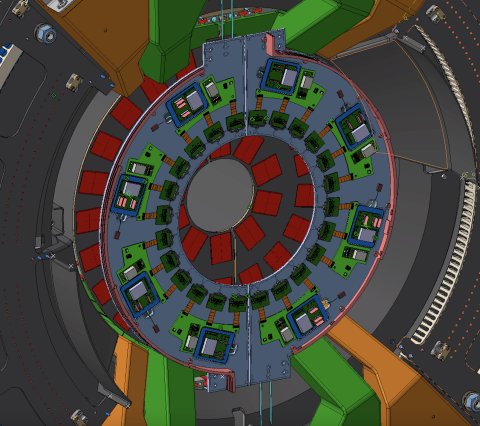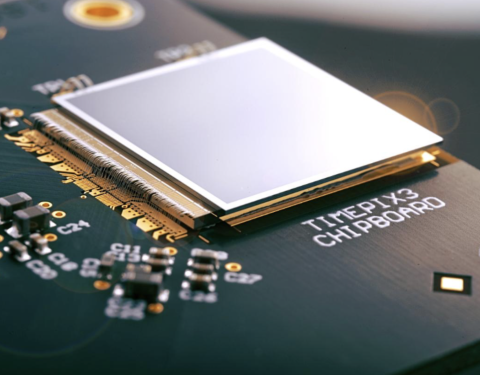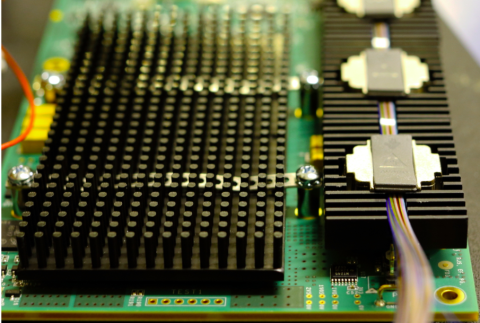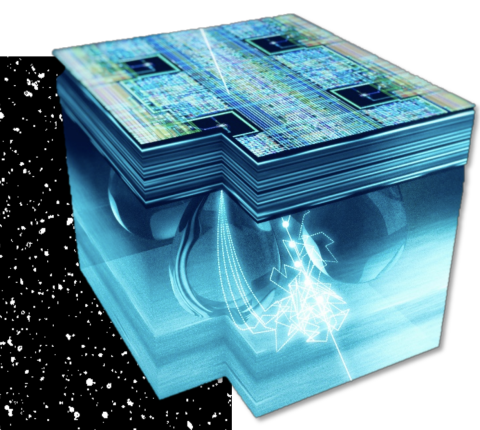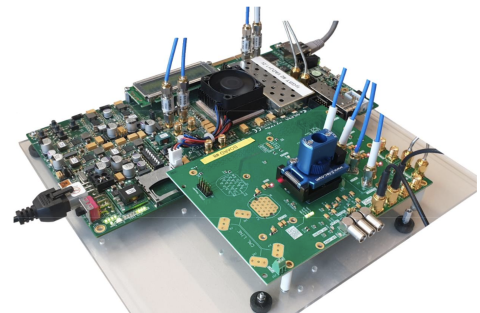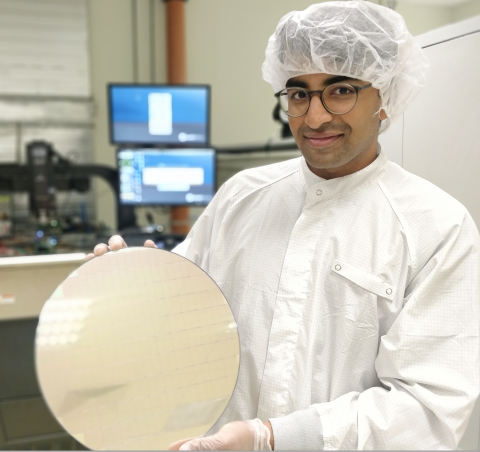ESE
White Rabbit: Revolution of Timing Distribution for HL-LHC experiments
As CERN prepares for HL-LHC, fine timing is becoming a critical factor for success, especially for detectors aiming to time-tag hits to a precision of tens of picoseconds. For decades, the good old Timing, Trigger, and Control (TTC) backbone has…
Read moreCWDM Link: A High-Bandwidth Optical Upgrade for LHC Beam Instrumentation
The Versatile Link project[1] was initially developed to provide a point-to-point radiation-hardened optical link common to most CERN experiments which upgraded during Long Shutdown 2 (LS2). The Beam Instrumentation group (SY-BI) also adopted it as…
Read moreProbing Noise Sensitivity in FBCM: From ASIC Design to EMC Testing Teaser:
Sketch of the FBCM location behind the last disk of the inner tracker (left) and a zoom to the two FBCM half discs forming a ring around the beam pipe with a detailed representation of the components on each service quadrant (right). The accuracy of…
Read moreSilicon Photonics Circuits for Integrated Optical Readout of future High Energy Physics detectors
Fibre optic links are crucial in High Energy Physics (HEP) experiments, allowing the transmission of large volumes of data from particle detectors operating in harsh radiation environments to radiation-free zones. Silicon Photonics (SiPh) [1] has…
Read moreIn discussion with Michael Campbell: Unpacking the Medipix/Timepix Revolution
The Medipix and Timepix family of hybrid pixel detectors represents one of the most groundbreaking innovations to emerge from CERN's detector technology. These chips, based on the hybrid pixel technology developed for high-energy physics experiments…
Read moreDRD7: An R&D Collaboration Pioneering Electronics for Future Particle Detectors
On June 5, 2024, the CERN Research Board approved the DRD7 Collaboration for an initial three-year period. The collaboration will focus on developing and demonstrating new electronic hardware, firmware, and software concepts. Its main goal is to…
Read morePushing the boundaries of monolithic CMOS sensor technologies
Silicon solid state detectors have been developed over a long time to address the challenges of particle tracking and vertexing. At the LHC, when the machine reaches its full design regime, it collides proton bunches at a rate of 40 million times…
Read moreAsterix in Switzerland
This episode of the adventures of the winged-helmed Gaul was published in 1970 and foretold what would happen 28 years later, when the CERN microelectronics group (MIC at the time, now the ME section in EP-ESE) welcomed the arrival of its first X-…
Read morelpGBT ASIC Production
What is the lpGBT ASIC ? Figure 1: The lpGBT silicon die on the package substrate (left) and the finished product with overmold (right) The Low Power Giga Bit Transceiver (lpGBT) is a reliable, radiation-tolerant ASIC designed for use in multiple…
Read moreWafer-level testing of CMS Outer Tracker ASICs
The Macro-Pixel ASIC (MPA) and Short-Strip ASIC (SSA) are the new read-out chips used to process particle hit signals of pixel and strip sensors in the upcoming CMS Outer Tracker of the High-Luminosity LHC Upgrade (HL-LHC). The two chips are…
Read more


